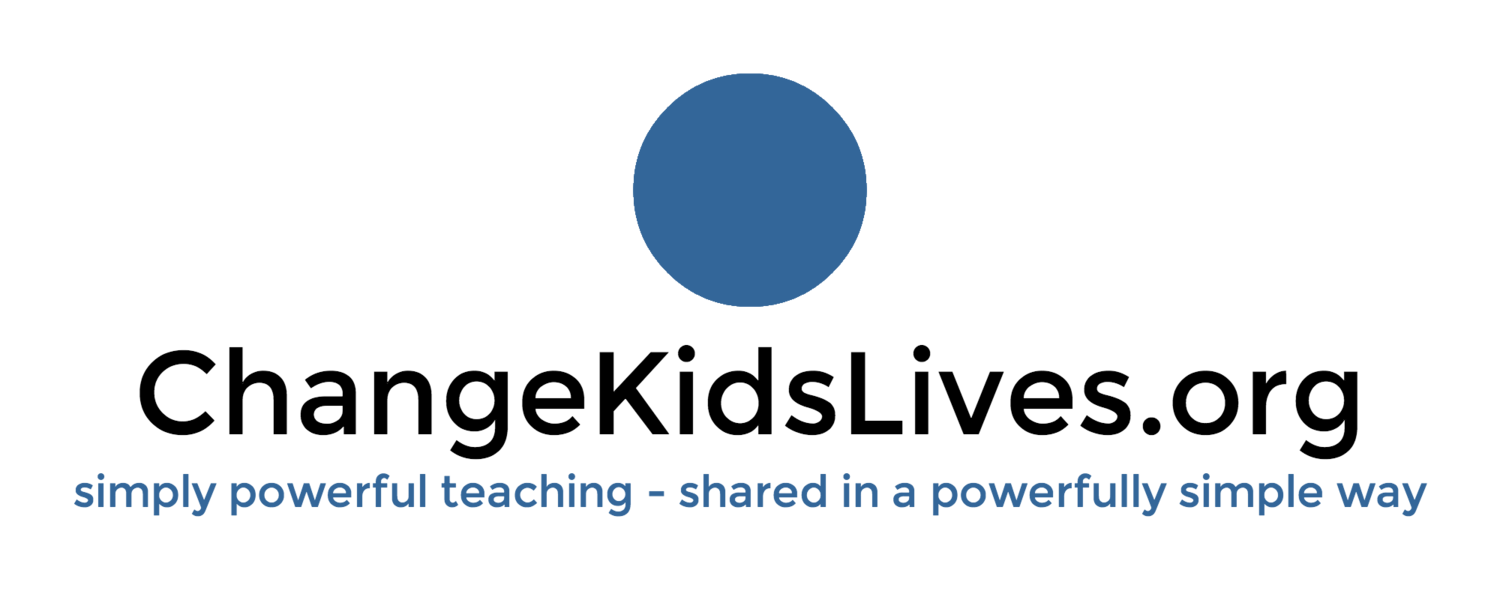The 3 Essentials For Effective Classroom Language
simple truth:
The words we speak can have powerful academic and social implications.
research tells us:
As educators, we know that our verbal expectations and feedback to students can help create the unique learning environment within our classrooms. Though how deliberate are we in using consistent and effective language? While we may intend to be clear, our expectations and feedback may be inconsistently understood by all students. Think about incorporating more affirmative, concrete, and transparent (ACT) language when sharing expectations and providing feedback. Affirmative language is important, as it tells students what they are or should be doing, rather than what they shouldn't do. Who wants to constantly hear what they shouldn't do each day? Instead, let's strive to share what students can do in our classroom. Concrete language provides specific and observable details so that all students have a clear understanding. At times with students, we use abstract and subjective words such as "show respect" or "act appropriate in school." However, we can easily overlook explaining to students what these terms look or sound like. Once we share the specific, concrete characteristics, all students have a clearer understanding of our intent. Transparent language gives students the reason why we're sharing this feedback, which encourages students to think about our words rather than just react to them. Understanding a teacher's rationale can help students become more responsible and proactive in meeting our expectations in the future.
try this:
Affirmative + Concrete language, "Dylan, thank you for showing eye contact." This example is affirmative because we're telling the student what he's doing (showing eye contact), rather than what he isn't doing. Also, the example is concrete because "eye contact" is a specific and observable.
Affirmative + Concrete + Transparent language, "Dylan, thank you for showing eye contact because now I know that you're ready to move to the next learning station." This example scaffolds off of the first example and includes transparent language so that the student knows the reason why he should show eye contact (because now we know that he's ready to move to the next learning station).
Affirmative + Concrete + Transparent language, "Kharissa, I noticed that you included three supporting details after your topic sentence. Awesome job, this helps the reader understand your thinking!" This example provides positive and meaningful feedback to the student, as she knows that by providing three supporting details, she is allowing the audience to understand her in a clear manner. You can see how this is much more powerful when compared to, "Awesome job Kharissa, you're a great writer!" Why is she a great writer?
Affirmative + Concrete + Transparent, "Marta, I need you to be quiet so that your partners can focus on their reading." Instead of telling this student what not to do (stop talking), she is being told what to be (quiet) and why it's important that she is meeting this expectation (so that her partners can focus). There is no wiggle room in this statement, as opposed to the common "Are you being appropriate right now?" comment that lacks clarity and transparency.
watch this:
review & share this:
For additional reading and referenced research, click here.



